How to Declutter When You Don’t Have Time
This website may earn commissions from purchases made through links in this post.
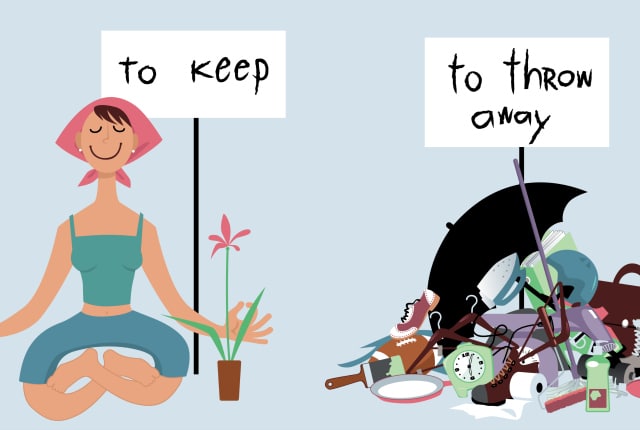
Despite best intentions, clutter tends to accumulate.
Kids clothes and toys come immediately to mind. Blink and there are drawers full of clothes that no longer fit.
Your pants seem to have shrunk, Huckleberry. Didn’t I just clear out your wardrobe?
And gifts.
Drawers full of clothes that no longer fit and what the heck am I going to do with this? gifts.
In our household, we don’t so much have a tendency to shop as to hoard – empty jars and containers, scrap paper for craft, half-finished projects, other people’s junk…
“You never know when they might come in handy,” my six year old clucks as he slinks off to his room with empty egg cartons hidden under both wings.
What about the Konmari method of decluttering, you might ask?
Oh, Marie Kondo, how I loved your book! How inspired I was to create a low maintenance, minimalist home. How encouraged I was to fold my undies and not fold my socks. How I lovingly hurled your book out the window declaring “ain’t nobody got time for that, girlfriend!”
So I turn instead to what I call the perpetual decluttering method, which shall henceforth be trademarked as the Goodymel method of decluttering.
Do you think it will catch on?
Perpetual decluttering sounds like the seven kingdoms of hell – you are damned to spend eternity cleaning a house that never stays clean (hmm, doesn’t that sound familiar?!) – but it’s actually the easiest, least time consuming way of dealing with the inevitable accumulation of stuff.
PERPETUAL DECLUTTERING – HOW TO DECLUTTER WHEN YOU DON’T HAVE TIME
In a nut shell, the idea is to declutter as you go. As you come across something you no longer need, you put it aside. Straight away.
No “I must get around to getting rid of that someday when I have more time.” Instead, decluttering is done in seconds.
But before we can get into the nitty-gritty, there’s one rule you must remember.
The most important part of decluttering your house is to stop buying crap you don’t need.
This, of course, is easier said than done, otherwise there wouldn’t be a book on the New York best seller list on how to declutter, right?!
We have a whole bunch of reasons why we fill our house with stuff. You need to understand the psychology of buying in order to beat it.
3 BOXES TO DECLUTTER IT ALL
For this system, you need three boxes: a box for things you want to give away to charity, a box for things you want to sell second-hand and the bin. For rubbish and recycling.
Fruit and veg boxes from your local greengrocer are perfect for this job, and as a bonus, you’re not bringing your veg home in plastic bags.
Give your declutter box (and your sell box if you’re using one) a permanent spot in the house – like in a wardrobe or in the garage.
Now as you go about your day to day business and you come across some clutter or something you don’t need anymore, put it straight in one of your boxes.
Wrestling your child into a top that doesn’t fit anymore? Straight into the box.
Find baby toys at the back of the cupboard? Into the box.
Putting the dishes away and realise you have 16 mismatched coffee cups? Come across that ugly vase that Aunt Maud gave you?
Time to put it all straight into the box.
Once your box is full, put it into the boot of your car, ready to drop off next time you pass the charity store.
Replace the box and you’re ready to go again.
If you have a sell box, take a few moments to photograph the items you want to sell and upload them to eBay or Gumtree. Both sites now have apps, so you can photograph things on your phone and upload them for sale in the ad breaks while you’re watching your favourite show. It couldn’t be more easy.
Decluttering doesn’t have to be one cathartic task. For most of us it’s not practical because we don’t have the time and because the very nature of living and growing and changing means a lot of the things we own today will be no longer useful to us, despite our best intentions not to accumulate it.
The perpetual decluttering system is a solution to both those hurdles and it allows you to easily declutter your home in the time you do have.
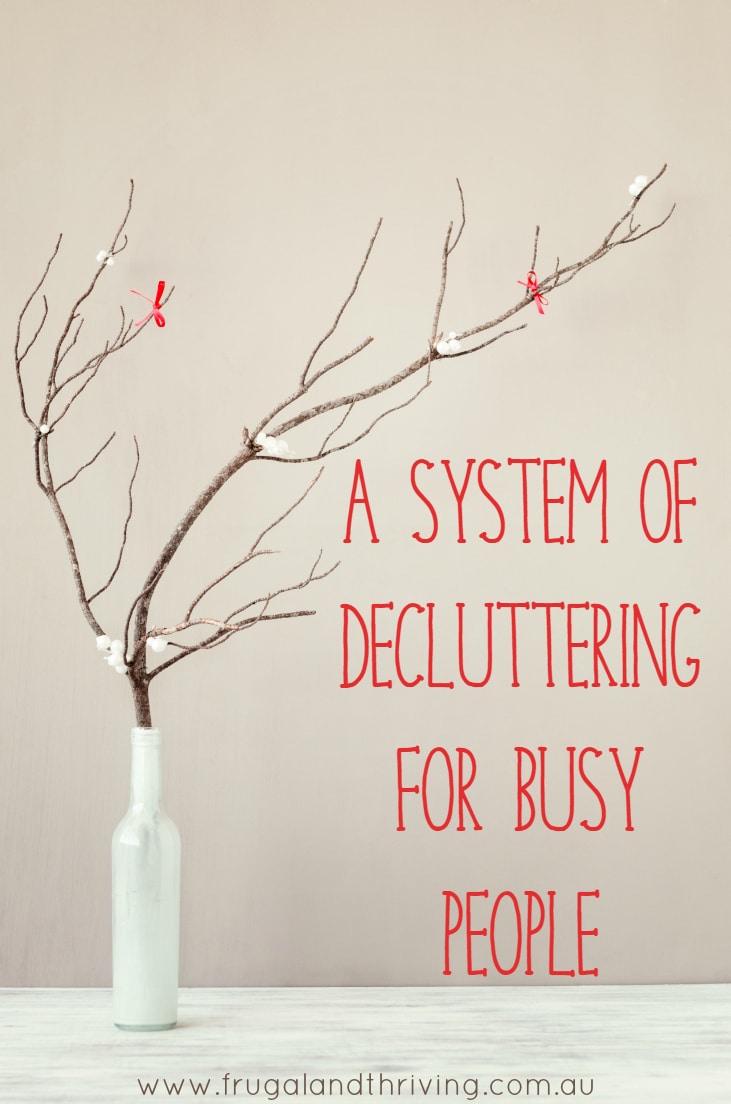

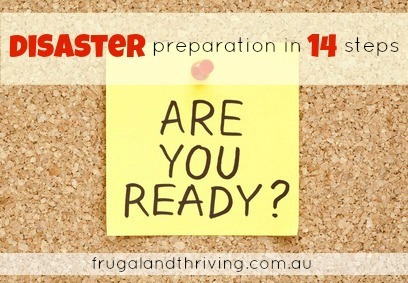

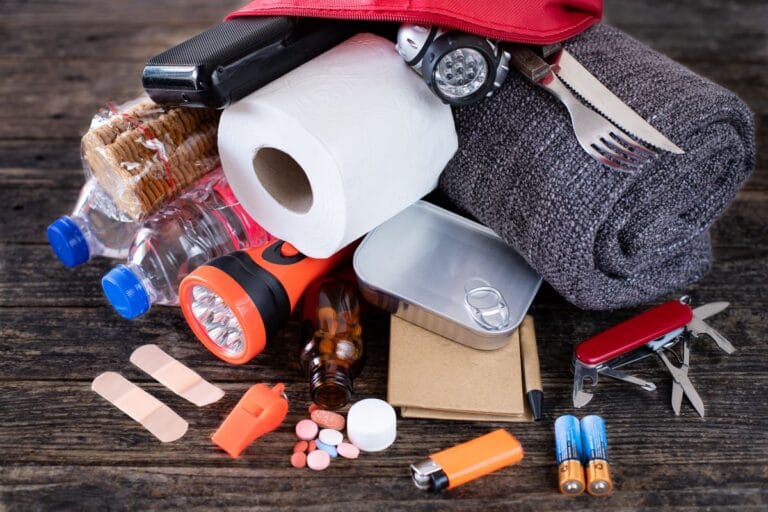

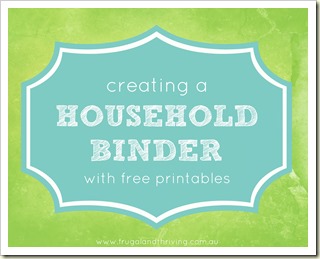

Thanks for the tips. I’ve made the big decision to clear out books which I don’t think I’ll read again, including some I’ve had for decades. This’ll also clear space for the kids’ books as they are interested in reading and we have things stacked everywhere. The good thing is that we have discovered our local greengrocer is a drop off point for the lifeline book sales so we fill up fruit boxes with books and return them to him.
In addition to this I am looking forward to meeting baby #3 as once I know the sex I will be able to start either getting rid of crates of girls clothes or holding them until the baby grows out of them and then get rid of them. Along with my well worn pregnancy clothes.
Good luck! Books are one thing I have sooo much trouble getting rid of.
Yep, I need the inspiration to declutter again! Thanks for a new approach. I reckon I also need a fourth box to be situated in the car boot for Stuff to Return to People!
Lol. Isn’t it great though, when we can borrow stuff from others!
What a great method of de cluttering for busy working parents! Thank you Melissa for the helpful article. I need to share it on Facebook.